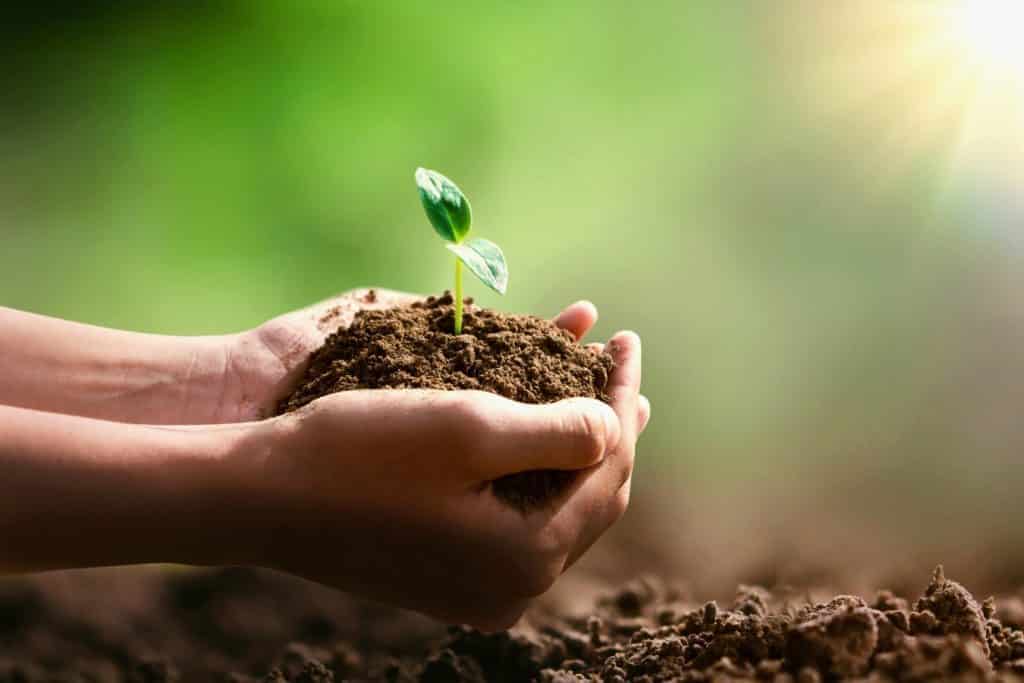Agro lending and COVID
“If the farmer is rich, then so is the nation.”
— Amit Kalantri, popular writer.
There is no denying the effect of this pandemic. The world coming to a standstill means that the economy stands on the brink of collapse and this does not bode well for anyone. But in times like these, we must turn our attention to the most vulnerable facing the brunt of the disaster: India’s farmers and their families. Their livelihoods that already hung by the threads of highly volatile factors such as the weather and public sentiment, is not strained to its extremes by the effects of the COVID-19 lockdown.
To support farmers in these challenging times, everyone needs to step up; especially the lending sector. This article will list a few farmer-centric actions by the government and private sector banks that should inspire more such initiatives.
Why the farmers?
According to the World Business Council for Sustainable Development, 120 million smallholder farms contribute to over 40% of India’s grain production and over half of its fruits, vegetables, oilseeds and other crops. India also exports grains and seeds, making its farmers crucial to the economy and also highly vulnerable at the same time.
To an industry already at threat, this COVID-19 pandemic does not bring good news. More than half of the nation’s workforce is employed in farming or farming-related enterprises. Due to the lockdown-led acute lack of available workforce, farmers find it excruciatingly hard to bring a finished harvest to the market, that heavily dents their incomes.
Unfortunately, the time of lockdown enforcement came also happened during the rabi harvest season, in which winter crops like wheat are harvested, and the fields are prepared for summer crops. The lockdown meant that farmers have nobody to prepare and sell their harvested crop. With companies closing down for the lockdown and people choosing to buy from multinational conglomerates who deliver staples to their doorstep, farmers are left hanging.
Stripped of their winter harvest incomes, farmers are now unable to buy seeds and fertilizers for the summer crop sowing, triggering a viscious cycle. Economist Dipa Sinha told Al Jazeera that India’s wheat and rice reserves are not enough to tide over these difficult times, as people also need pulses, fruits, vegetables and dairy products. However, these industries have started to collapse without support from the government and the financial sector.
In the chain of events, the MSMEs making value-added products such as pickles, snacks, and bread are now affected, as they depend on farm input as raw material.
What is the government doing?
Though actions still fall short, there are a number of high points. The Finance Minister of India, Nirmala Sitharaman announced an INR 1.7 trillion package that included a monthly release of INR 2,000 to farmer’s bank accounts under the PM-KISAN scheme. The RBI announced measures to address the “burden of debt servicing” due to the COVID-19 pandemic. The agricultural term and crop loans got a moratorium of three months (till May 31) by banking insitutions with a 3 percent concession on the interest rate of crop loans up to INR 3,00,000 for borrowers with good repayment behaviour.
The implementation of these schemes however, remains difficult at the grassroots level due to the lack of infrastructure. Villages and towns in rural India do not have adequate internet access, causing many farmers to be left out of these schemes.
Hannan Mollah, working group member, All India Kisan Sangharsh Coordination Committee (AIKSCC), and general secretary of the CPI-affiliated All India Kisan Sabha (AIKS) notes that nearly 5 crore farmers have been left out of these relief measures. Clearly, the government alone cannot tide over this disaster.
What can banks do?
India’s second largest lender, Punjab National Bank, has been taking intensive measures to stave off the damage left behind by the lockdown. “The current crisis will steer the banking industry to remote working, which is likely to shape the cost structure in the days ahead,” PNB’s MD and CEO SS Mallikarjuna Rao said in a letter to shareholders. Also, the Financial Express reports that Rao considers that there are ample opportunities for growth and lending among MSME, agriculture, agro-based industries, healthcare, among others.
State Bank of India has initiated its Common Covid-19 Emergency Credit Line, of CCECL, which is intended:
- To provide relief to Agri borrowers / Agri entrepreneurs / SHG Members to tide over the COVID 19 pandemic outbreak.
- To extend an additional credit facility to the eligible existing borrowers by ad-hoc facilities viz Common Covid-19 Emergency Credit Line for sustaining Agri income generation activity.
The CCECL provides credit on a need basis of up to INR 2 Crore to provide for emergency payments of agri-seasonal operations like farm maintenance, enhanced labour wages, transport, incidental expenses or any other expenses that generate income for farmers.
Meanwhile, private sector agri behemoth ITC’s agribusiness team has been using its application named e-Choupal to “provide information to farmers about market demand of their produce, market prices etc. to enable well-informed decisions and fetch competitive prices” during the lockdown. ITC also uses e-Choupal to procure farm produce directly and set up a supply chain to ensure uninterrupted movement of produce.
Importantly, despite the measures taken by both the government and banks, many farmers at the grassroots level still depend heavily on informal sources of credit, which are highly dangerous. A review of six randomised evaluations from India and other developing countries on the impact of expanded access to micro-credit found little evidence for its transformational effect on reducing poverty or improving living standards. Microfinance loans have strict repayment schedules which can be difficult during these times.
Overall, the need for easy credit at the grassroots level for farmers is of utmost importance. Long term and short term sources of formal credit not only gets the money flowing; but also oils the gears and gets the machinery moving to ensure that the economy does not screech to a halt. As the farming sector aims to be self-reliant, they cannot do it alone, and definitely need a multi-directional support from the government and the banking sector alike. Let’s hope for the best.

